Optimize your preparation for the ATI TEAS Exam with a focus on Emergency Medical Services (EMS) through this specialized practice question set, designed for aspiring EMS professionals and nursing students. This resource offers a robust collection of targeted practice questions that align with the TEAS exam’s core sections—Reading, Mathematics, Science, and English and Language Usage—while emphasizing EMS-relevant topics such as anatomy, physiology, emergency care protocols, and patient assessment. Each question is accompanied by detailed rationales, providing in-depth explanations to enhance understanding, reinforce critical concepts, and improve test-taking proficiency. Crafted to reflect the latest ATI TEAS content standards, this practice set integrates evidence-based practices and real-world EMS scenarios to ensure effective exam readiness. Ideal for students aiming to excel in EMS-related healthcare programs, this tool offers strategic insights to boost confidence and achieve top scores.
Preview
1. The EMT is legally obligated to protect a patient’s privacy according to _____________.
A) APGAR
B) CQI
C) HIPAA ✅
D) DCAP
Rationale: The Health Insurance Portability and Accountability Act (HIPAA) ensures that
patient health information remains private and secure. APGAR is a newborn assessment
tool, CQI refers to Continuous Quality Improvement, and DCAP is an acronym used in
trauma assessments.
2. What is an EMT’s primary service area?
A) The only area the EMT is certified to provide patient care
B) The main area in which the EMS agency operates ✅
C) The area serviced by the EMT’s medical director
D) The location where the EMT provides essential care during a 9-1-1 call
Rationale: An EMT’s Primary Service Area (PSA) is the geographic area where their EMS
agency is responsible for responding to emergency calls. It is not limited to certification
zones or the direct oversight of a medical director.
3. What should an EMT do to limit errors in the field?
A) Contact medical direction before initiating any treatments.
B) Carry an EMT textbook for reference at all times.
C) Follow the agency’s written protocols. ✅
D) Deviate from established standards when necessary.
Rationale: Following established protocols and guidelines minimizes errors by ensuring
that EMTs adhere to standardized procedures. Deviating from these protocols can result in
patient harm or legal consequences.
4. Which of the following courses requires about 150 hours of training?
A) EMT ✅
B) EMR
C) AEMT
D) Paramedic
Rationale: EMT training programs typically require 150–180 hours of coursework, while
Emergency Medical Responders (EMRs) have fewer training hours, and Advanced EMTs
(AEMTs) and paramedics require significantly more.
A) APGAR
B) CQI
C) HIPAA ✅
D) DCAP
Rationale: The Health Insurance Portability and Accountability Act (HIPAA) ensures that
patient health information remains private and secure. APGAR is a newborn assessment
tool, CQI refers to Continuous Quality Improvement, and DCAP is an acronym used in
trauma assessments.
2. What is an EMT’s primary service area?
A) The only area the EMT is certified to provide patient care
B) The main area in which the EMS agency operates ✅
C) The area serviced by the EMT’s medical director
D) The location where the EMT provides essential care during a 9-1-1 call
Rationale: An EMT’s Primary Service Area (PSA) is the geographic area where their EMS
agency is responsible for responding to emergency calls. It is not limited to certification
zones or the direct oversight of a medical director.
3. What should an EMT do to limit errors in the field?
A) Contact medical direction before initiating any treatments.
B) Carry an EMT textbook for reference at all times.
C) Follow the agency’s written protocols. ✅
D) Deviate from established standards when necessary.
Rationale: Following established protocols and guidelines minimizes errors by ensuring
that EMTs adhere to standardized procedures. Deviating from these protocols can result in
patient harm or legal consequences.
4. Which of the following courses requires about 150 hours of training?
A) EMT ✅
B) EMR
C) AEMT
D) Paramedic
Rationale: EMT training programs typically require 150–180 hours of coursework, while
Emergency Medical Responders (EMRs) have fewer training hours, and Advanced EMTs
(AEMTs) and paramedics require significantly more.
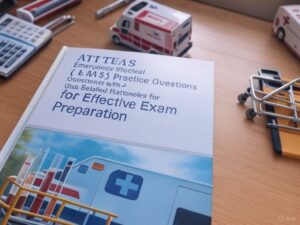
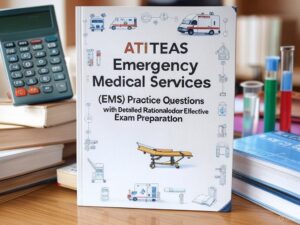





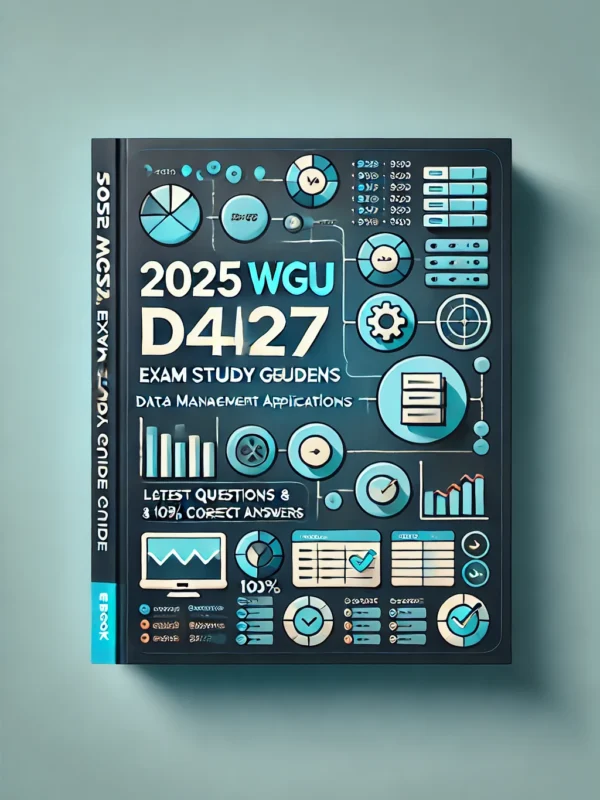
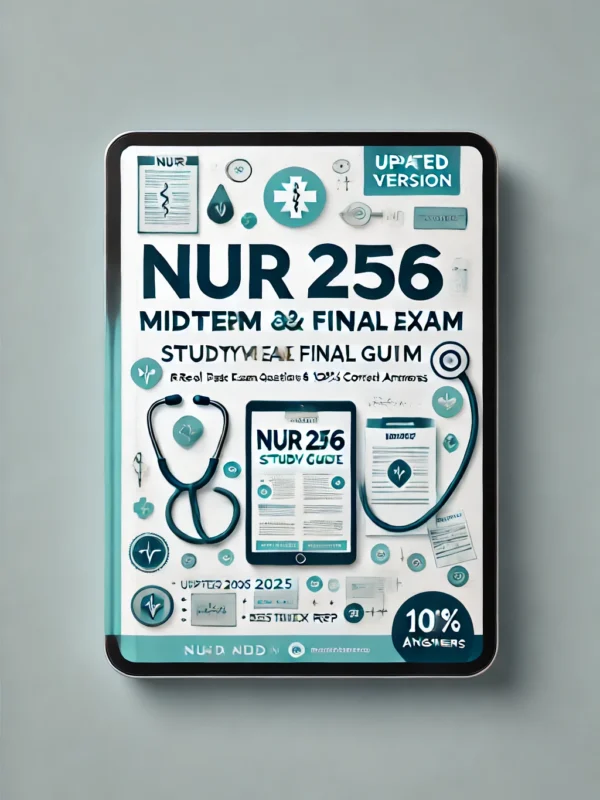
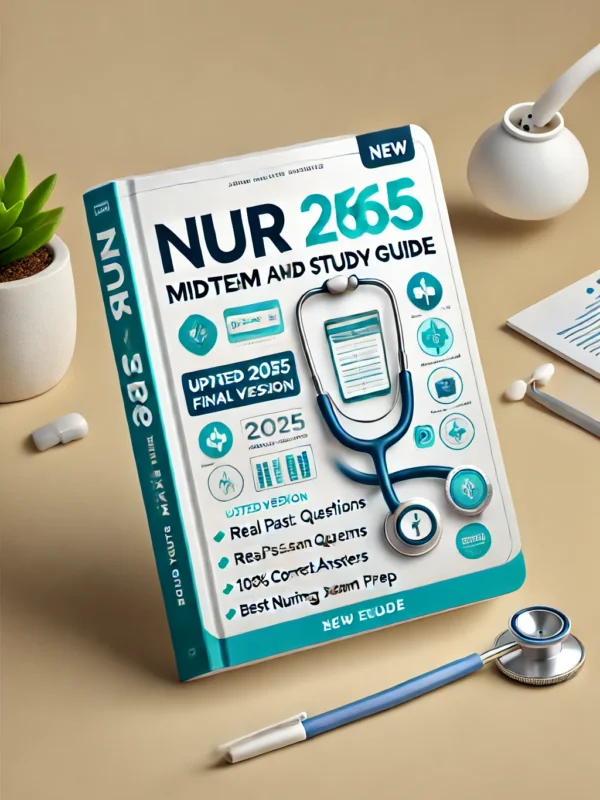
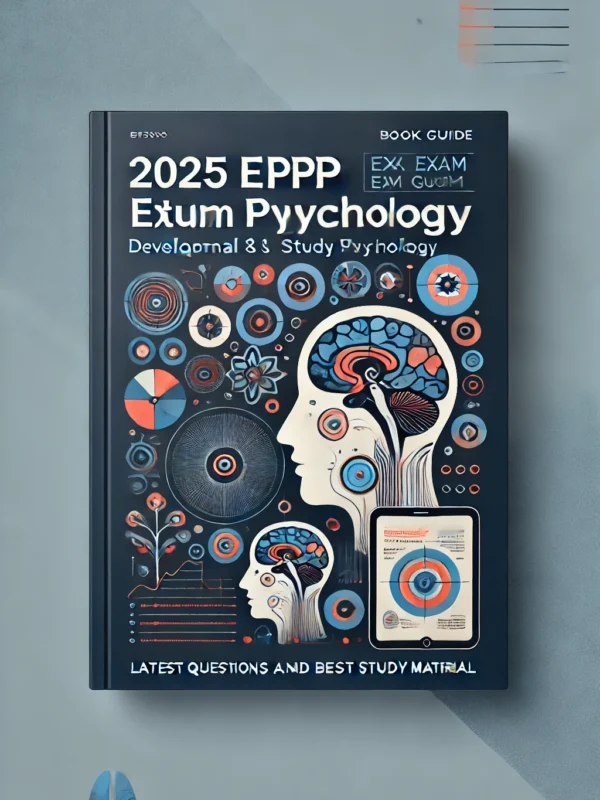
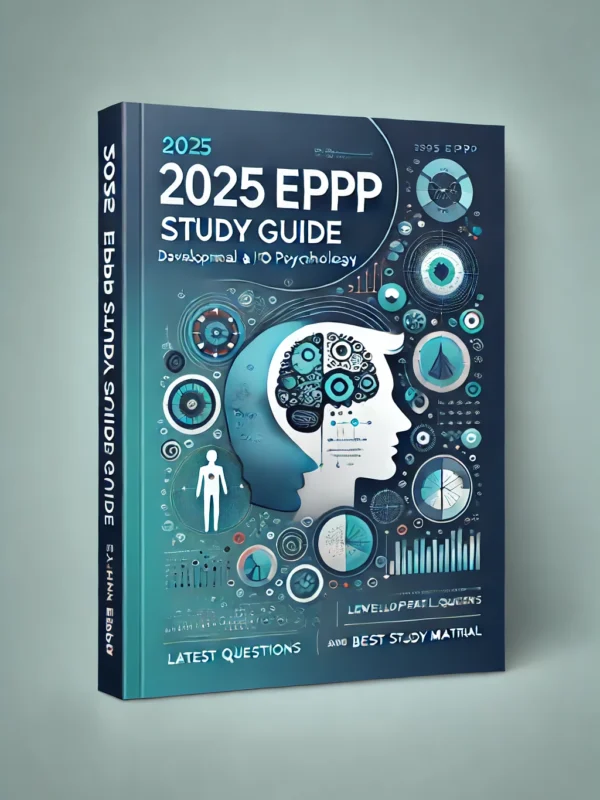
Reviews
There are no reviews yet.